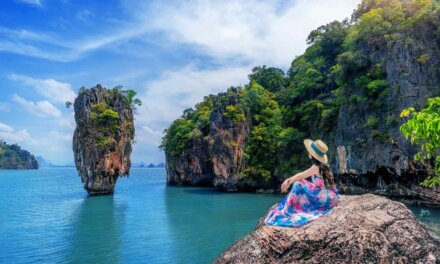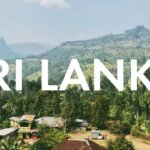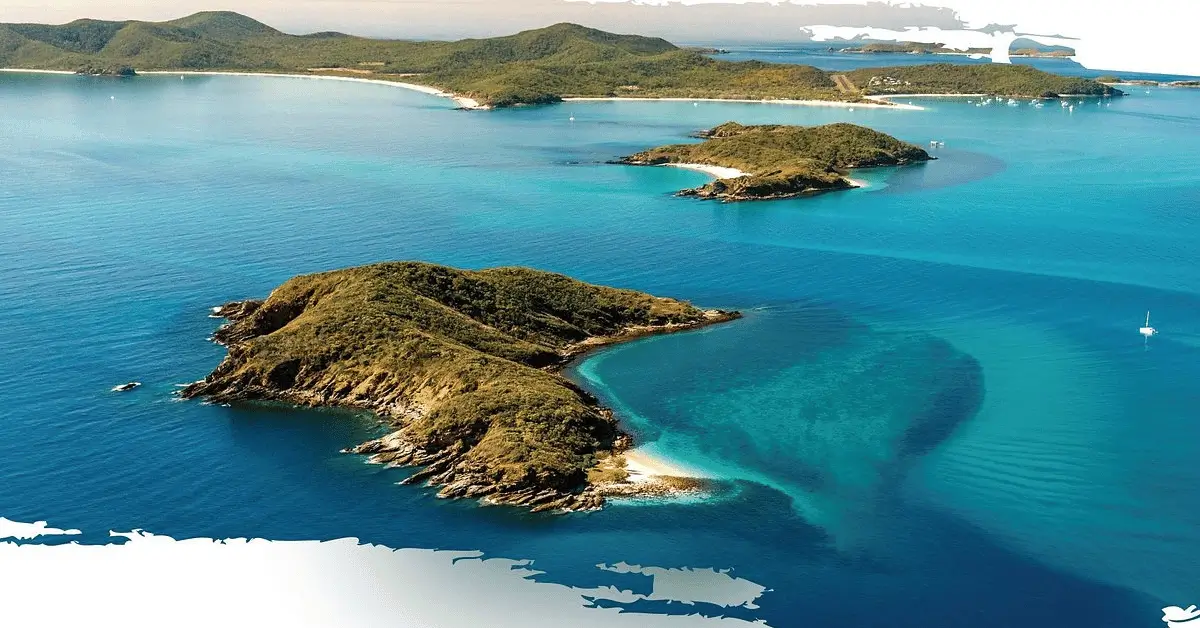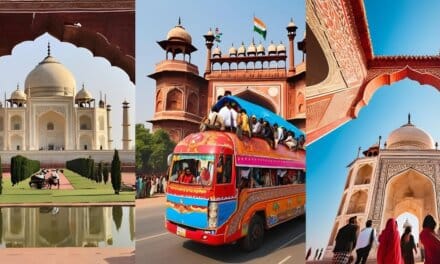
A Journey to the Roof of the World: Trekking to Everest Base Camp
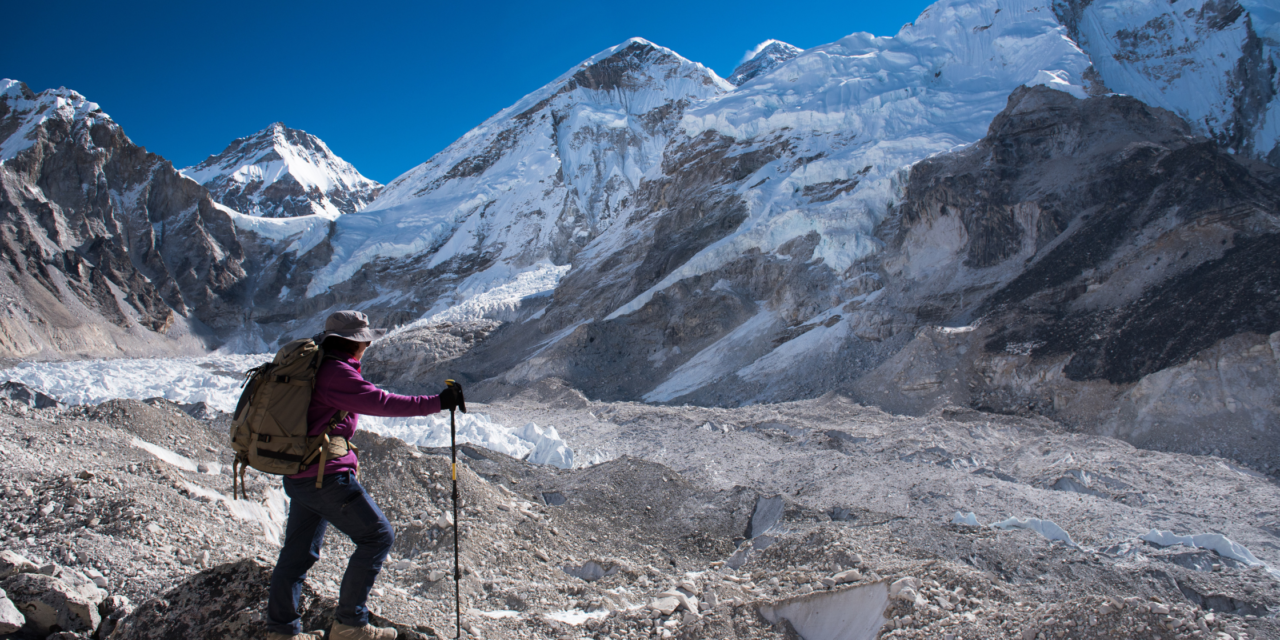
The Everest Base Camp Trek is a thrilling journey that takes adventurers through the stunning landscapes of the Himalayas. As one of the most renowned trekking routes in the world, it offers an unforgettable experience filled with breathtaking scenery and exhilarating challenges. For those seeking an escape from the ordinary and a chance to immerse themselves in the wonders of nature, this trek holds a special allure.
The allure of the Everest Base Camp Trek lies not only in its destination but also in the journey itself. It’s a thrilling adventure that appeals to adventurers of all ages and backgrounds. From the moment you set foot on the trail, you’re surrounded by towering peaks, lush valleys, and quaint mountain villages. Each step brings you closer to the iconic base camp of Mount Everest, the tallest mountain on Earth.
But the excitement of the trek goes beyond the physical challenge of reaching Everest’s base camp. It’s about pushing your limits, overcoming obstacles, and experiencing the raw beauty of the Himalayas. Along the way, you’ll forge friendships with fellow trekkers. Share stories around the campfire and admire the incredible sights that unfold before you.
Whether you’re an experienced hiker or a novice adventurer, the Everest Base Camp Trek offers something for everyone. It’s a chance to escape the hustle and bustle of everyday life and connect with nature in its purest form. So, lace up your boots, pack your bags, and get ready for the adventure of a lifetime.
Preparation for the Everest Base Camp Trek. Things to know first
Before embarking on the Camp Trek, it’s crucial to prepare yourself. Here’s what you need to know:
- Physical Fitness Requirements
While the Camp Trek is suitable for trekkers of varying abilities, it’s essential to be in good physical condition. The journey involves long days of walking, often at high altitudes. It’s recommended to do regular exercise and strength training to build stamina and endurance. Additionally, practising hiking with a loaded backpack can help you to encounter on the trail.
- Packing Essentials and Gear Checklist
Packing the right gear is essential for a successful trek. Be sure to include the following items in your backpack:
- Sturdy hiking boots with good ankle support
- Lightweight and breathable clothing suitable for layering
- Waterproof jacket and pants
- Warm hat, gloves, and socks
- Sleeping bag rated for cold temperatures
- Trekking poles for stability on uneven terrain
- Personal hygiene items and toiletries
- First aid kit with essential medications
- Sunscreen, sunglasses, and lip balm with SPF protection
- Water purification tablets or a filtration system
- Headlamp or flashlight with extra batteries
- Camera or smartphone for capturing memories
Before packing, double-check your gear list to ensure you have everything you need for the trek. Keep in mind that you’ll need to carry your belongings in a sturdy backpack, so pack to avoid unnecessary weight.
- Permits and Paperwork Needed
Before setting out on the Camp Trek, you’ll need to get the necessary permits and paperwork. This includes:
- Sagarmatha National Park Permit: This permit allows you to enter Sagarmatha National Park, where Mount Everest is located. You can get this permit in Kathmandu or at the park entrance in Lukla.
- Trekkers’ Information Management System (TIMS) Card: Issued by the Nepal Tourism Board, the TIMS card helps track trekkers’ movements and ensures their safety. You can get this card through registered trekking agencies or at the TIMS counter in Kathmandu or Pokhara.
Ensure that you have all the required permits and paperwork before starting the trek to avoid any delays or complications along the way. With proper preparation, you’ll be ready to tackle the challenges and enjoy the adventure of a lifetime on the Base Camp Trek.
Everest Base Camp Trek: The Route and Highlights
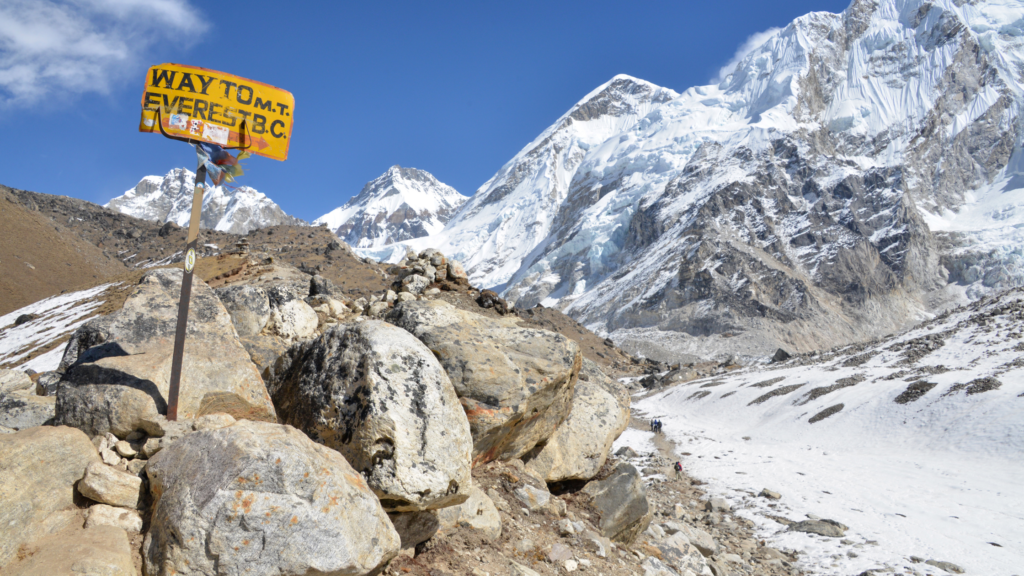
Embarking on the Camp Trek promises a journey filled with unforgettable sights and experiences. Here’s what you can expect along the way:
Detailed Itinerary of Everest Base Camp Trek By Bikat Adventures
- Kathmandu to Lukla: Begin your adventure with a scenic flight from Kathmandu to Lukla, where your trekking journey officially begins.
- Lukla to Phakding: Trek through picturesque Sherpa villages and lush forests as you make your way to the village of Phakding.
- Phakding to Namche Bazaar: Ascend to Namche Bazaar, the bustling trading hub of the Khumbu region, and acclimatise to the altitude.
- Acclimatization Day in Namche Bazaar: Take a rest day to explore the vibrant markets, visit the Sherpa Cultural Museum, or embark on a short hike to the Everest View Hotel for panoramic mountain views.
- Namche Bazaar to Tengboche: Trek through rhododendron forests and across suspension bridges to reach Tengboche, home to the famous Tengboche Monastery.
- Tengboche to Dingboche: Continue your ascent, passing through quaint villages and enjoying breathtaking views of Ama Dablam and other Himalayan peaks.
- Acclimatization Day in Dingboche: Another rest day to allow your body to adjust to the altitude. Consider hiking to Nagarjun Hill for stunning views of Everest, Lhotse, and Makalu.
- Dingboche to Lobuche: Trek along the moraine of the Khumbu Glacier, with awe-inspiring views of towering peaks surrounding you.
- Lobuche to Gorak Shep and Base Camp: Reach Gorak Shep, the final settlement before Camp, and then continue to fulfil your dream of standing at the base of the world’s highest mountain.
- Gorak Shep to Kala Patthar and Back to Pheriche: Wake up early to climb Kala Patthar for sunrise views of Everest, then descend to Pheriche for a well-deserved rest.
- Pheriche to Namche Bazaar: Begin your descent back towards Namche Bazaar, retracing your steps through familiar trails and stunning landscapes.
- Namche Bazaar to Lukla: Conclude your trek with a final day of hiking, reminiscing on the incredible journey you’ve undertaken.
- Lukla to Kathmandu: Bid farewell to the mountains as you board a flight back to Kathmandu, where you can reflect on your Camp adventure.
Notable Landmarks Along the Trail
- Hillary Suspension Bridge: Cross the iconic Hillary Suspension Bridge, named after Sir Edmund Hillary, which spans the Dudh Koshi River.
- Namche Bazaar: Explore the vibrant markets and immerse yourself in Sherpa culture in this bustling mountain town.
- Tengboche Monastery: Visit the largest monastery in the Khumbu region, set against the backdrop of majestic mountain peaks.
- Everest Base Camp: Fulfil your dreams of reaching the base of Mount Everest and soaking in the awe-inspiring surroundings.
- Kala Patthar: Climb to the summit of Kala Patthar for unrivalled panoramic views of Everest, Lhotse, and Nuptse.
If you are eager to experience the Base Camp Trek, look no further than Bikat Adventures for expert guidance, unparalleled support, and a truly unforgettable journey.
Challenges and Obstacles to Anticipate while Base Camp Trek
- Altitude: Acclimatization is key to avoiding altitude sickness. Take it slow, stay hydrated, and listen to your body.
- Weather: The weather in the Himalayas can be unpredictable. Be prepared for sudden changes in temperature and conditions.
- Terrain: Trekking in the Himalayas involves navigating rocky trails, steep ascents, and challenging terrain. Proper footwear and trekking poles provide stability.
- Physical Stamina: The Base Camp Trek is physically demanding, requiring long days of hiking at high altitudes. Train beforehand to build stamina and endurance.
Despite the challenges, the rewards of completing the Base Camp Trek are immeasurable. With determination, preparation, and a sense of adventure, you’ll embark on the journey of a lifetime and create memories that will last a lifetime.
Accommodation and Facilities During Everest Base Camp Trek
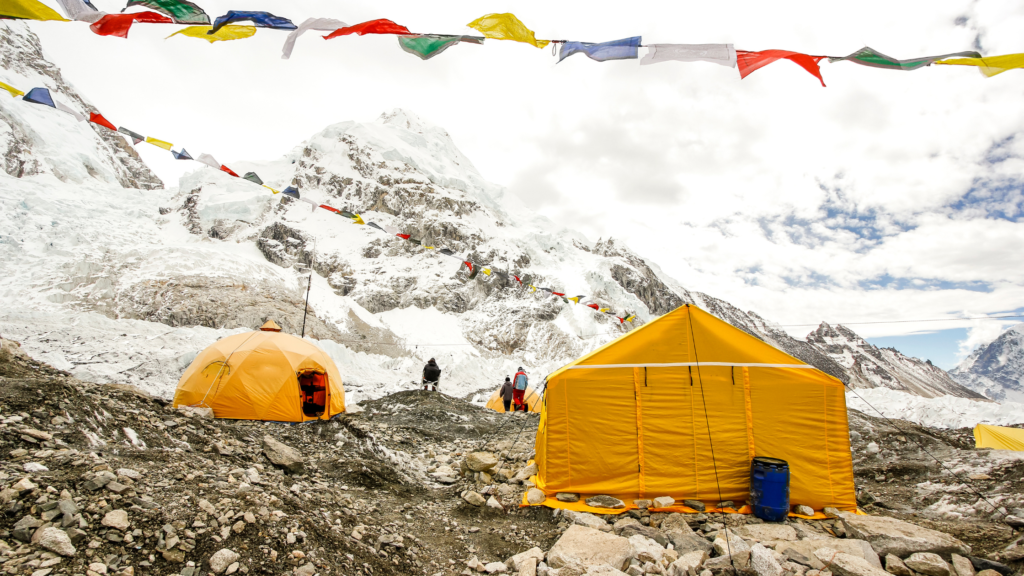
When embarking on the Camp Trek, it’s essential to understand the accommodation options and facilities available along the route. Here’s what you need to know:
- Teahouses and Lodges on the Route
Throughout the trek, trekkers will find a network of teahouses and lodges offering accommodation. These establishments vary in size and amenities but generally provide basic lodging facilities such as beds, blankets, and shared bathrooms. Teahouses are a popular choice among trekkers, offering a cosy atmosphere and the opportunity to interact with fellow travellers. Lodges, on the other hand, may offer slightly more comfortable accommodations with private rooms and hot showers, albeit at a higher cost. It’s advisable to book accommodation in advance during peak trekking seasons to ensure availability.
- Availability of Food and Water
Food and water are readily available along the Base Camp Trek route, thanks to the numerous teahouses and lodges scattered throughout the region. Trekkers can enjoy hearty meals ranging from traditional Nepali cuisine to international dishes such as pasta and pizza. Most teahouses offer a menu featuring a variety of options, including vegetarian and non-vegetarian choices. Additionally, purified water is available for purchase at teahouses and lodges, although it’s recommended to carry a reusable water bottle and water purification tablets for refilling along the trail.
- Basic Amenities and Services Provided
While accommodation and dining options may vary, teahouses and lodges along the Camp Trek route typically provide basic amenities and services to ensure a comfortable stay. These may include:
- Bedding and blankets
- Shared bathroom facilities with running water (hot showers may be available for an additional fee)
- Common areas for dining and relaxation
- Charging stations for electronic devices (often available for a small fee)
- Wi-Fi access (though connection may be slow or intermittent)
- Laundry services (available for an extra charge)
- Trekking gear rental (such as sleeping bags or trekking poles)
While amenities may be more limited in remote areas, teahouses and lodges strive to cater to the needs of trekkers to ensure a pleasant trekking experience. It’s important to manage expectations and embrace the rustic charm of accommodation facilities in the Himalayan region while appreciating the warmth and hospitality of the local hosts.
Safety Measures and Health Considerations While Trekking Everest Base Camp Trek
Ensuring your safety and well-being is paramount while trekking to Camp. Here are key safety measures and health considerations to keep in mind:
- Altitude Sickness Prevention and Management
Altitude sickness, also known as acute mountain sickness (AMS), can affect trekkers ascending to high altitudes. To prevent AMS, it’s essential to acclimatise properly by ascending gradually and allowing time for your body to adjust to the reduced oxygen levels. Stay hydrated by drinking plenty of water, avoid overexertion, and listen to your body’s signals. Symptoms of AMS include headache, nausea, dizziness, and fatigue. If you experience any signs of AMS, descend to a lower altitude immediately and seek medical attention if symptoms persist.
- Emergency Evacuation Procedures
In the event of a medical emergency or severe altitude sickness, it may be necessary to arrange emergency evacuation from the trekking route. It’s essential to have travel insurance that covers emergency evacuation services in Nepal. Familiarise yourself with the emergency evacuation procedures of your trekking agency and ensure you have access to communication devices such as a satellite phone or emergency locator beacon in case of emergencies.
- First Aid and Medical Facilities Along the Route
While trekking toCamp, basic first aid kits are essential for treating minor injuries and ailments. Carry essential items such as bandages, antiseptic wipes, pain relievers, and blister treatment supplies. Additionally, teahouses and lodges along the route may have basic first aid supplies available for purchase. In the event of a medical emergency, seek assistance from local guides, lodge owners, or other trekkers. Medical facilities are limited in remote areas, but larger villages like Namche Bazaar and Pheriche have clinics and hospitals with basic medical services. If necessary, arrange for evacuation to lower altitudes or Kathmandu for advanced medical treatment.
By prioritising safety measures and health considerations, you can enjoy a safe and fulfilling trekking experience at Everest Base Camp. Always err on the side of caution and be prepared to adapt your plans in response to changing conditions or health concerns.
Cultural and Natural Attractions During Everest Base Camp Trek
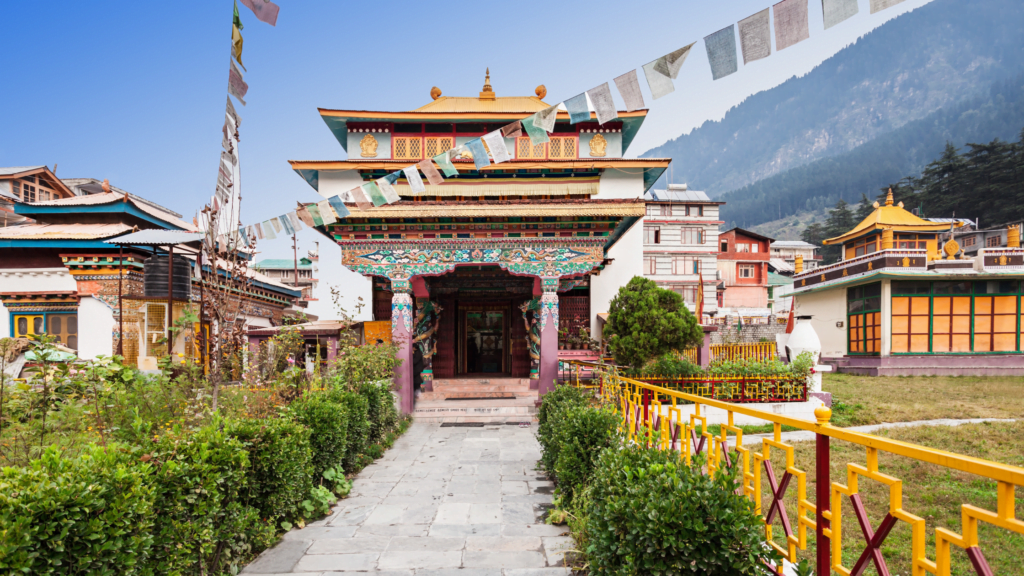
Exploring the cultural and natural wonders along the Everest Base Camp Trek adds depth and richness to your journey. Here’s what to expect:
- Interactions with Local Sherpa Communities
One of the highlights of the Everest Base Camp Trek is the opportunity to interact with the local Sherpa communities. Sherpas are renowned for their mountaineering expertise and hospitality, and their rich cultural heritage adds a unique dimension to the trekking experience. Take the time to engage with Sherpa villagers along the trail, learn about their traditions, and gain insight into their way of life. You may visit local homes, monasteries, and schools, offering a glimpse into the daily lives and customs of these resilient mountain people.
- Spectacular Views of Himalayan Peaks
As you trek through the Khumbu region, you’ll be treated to awe-inspiring vistas of the world’s highest peaks. From iconic summits like Mount Everest, Lhotse, and Nuptse to lesser-known but equally breathtaking peaks, the Himalayan panorama is a sight to behold. Whether bathed in the golden glow of sunrise or illuminated by the light of the full moon, these majestic mountains captivate the imagination and inspire a sense of wonder. Be sure to have your camera ready to capture the beauty of the Himalayas at every turn.
- Exploration of Monasteries and Cultural Sites
The Everest region is home to a wealth of monasteries, temples, and cultural sites that offer insight into the spiritual heritage of the Sherpa people. Take the time to visit ancient monasteries such as Tengboche Monastery, one of the largest and most important monasteries in the Khumbu region. Here, you can witness traditional Buddhist rituals, admire intricate murals and sculptures, and soak in the peaceful ambiance of these sacred spaces. Other cultural sites along the route include stupas, prayer wheels, and main walls adorned with Tibetan Buddhist inscriptions, each offering a window into the spiritual traditions of the Himalayas.
Tips for a Successful Everest Base Camp Trek
Embarking on the Everest Base Camp Trek requires careful planning and preparation. Here are some essential tips to ensure a safe and enjoyable journey:
- Advice on Pacing and Acclimatization
- Ascend Gradually: Take your time ascending to higher altitudes to allow your body to acclimate properly. Avoid gaining more than 300-500 metres in elevation per day above 3,000 metres.
- Stay Hydrated: Drink plenty of water to prevent dehydration, which can exacerbate altitude sickness. Aim for at least 3-4 litres of water per day and avoid alcohol and caffeine, which can contribute to dehydration.
- Listen to Your Body: Pay attention to signs of altitude sickness, such as headache, nausea, dizziness, and fatigue. If you experience symptoms, descend to a lower altitude immediately and rest until you feel better.
- Rest Days: Plan rest days into your itinerary to allow your body to recuperate and acclimatise. Use rest days to explore nearby villages or relax and enjoy the scenery.
- Strategies for Dealing with Extreme Weather Conditions
- Layer Clothing: Dress in layers to regulate body temperature and adapt to changing weather conditions. Start with moisture-wicking base layers, add insulating mid-layers, and top off with a waterproof and windproof outer layer.
- Protect Against Sun Exposure: Wear sunscreen, sunglasses, and a wide-brimmed hat to shield yourself from the intense UV rays at high altitudes. Apply sunscreen regularly, even on cloudy days, and reapply after sweating or swimming.
- Be Prepared for Cold: Temperatures can drop significantly at higher altitudes, especially at night. Pack warm clothing, including a down jacket, thermal layers, gloves, and a hat, to stay warm and comfortable.
- Stay Dry: Wet clothing can lead to hypothermia, so it’s essential to stay dry in wet weather. Use waterproof gear, such as rain jackets and pants, and pack extra layers to change into if needed.
- Recommendations for Responsible Trekking Practices
- Leave No Trace: Practice Leave No Trace principles by minimising your impact on the environment. Pack out all trash, dispose of waste properly, and respect wildlife and local communities.
- Support Local Economy: Purchase goods and services from local businesses, such as teahouses, lodges, and shops, to support the local economy and community.
- Respect Cultural Traditions: Respect local customs, traditions, and religious sites. Ask for permission before taking photographs of people, and be mindful of cultural sensitivities.
- Follow Trekking Regulations: Obtain the necessary permits and adhere to trekking regulations set by local authorities. Register your trekking itinerary with the appropriate authorities and follow established trails to minimise environmental impact.
By following these tips and practising responsible trekking practices, you can enjoy a safe, fulfilling, and environmentally sustainable journey to Everest Base Camp.
Conclusion – Journey to the Everest Base Camp trek
The Everest Base Camp Trek offers an unforgettable adventure, with breathtaking views and cultural encounters along the way. From conquering challenging terrain to experiencing the warmth of Sherpa hospitality, every step is filled with rewards. To future trekkers: Embrace the journey’s challenges and relish its triumphs. It’s a chance to push your limits, connect with nature, and create memories that will last a lifetime. So, lace up your boots, pack your sense of adventure, and embark on this remarkable journey to Everest Base Camp. The experience awaits, ready to inspire and transform you in ways you never imagined.









